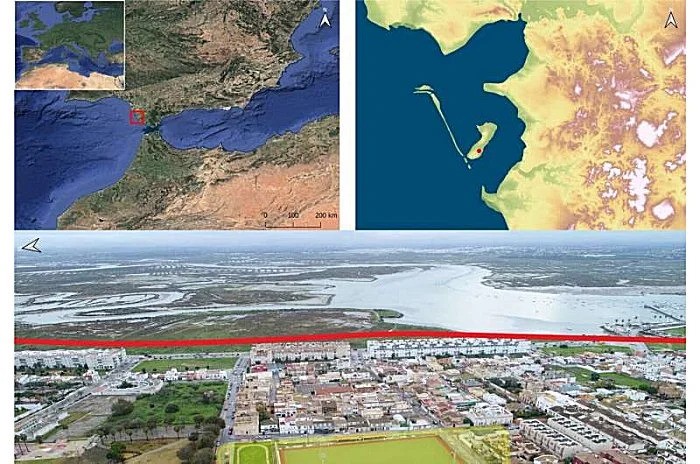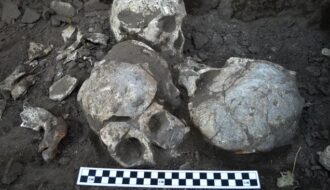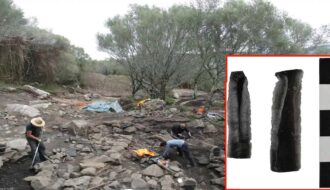New study reveals year-round settlement of first Neolithic farmers in Andalusia
The island of San Fernando, Cadiz in Andalusia, was home to the first Neolithic farmers and shepherds who decided to permanently settle there around 6,200 years ago. They practised shellfish collection and consumption all year round, with a preference for winter.
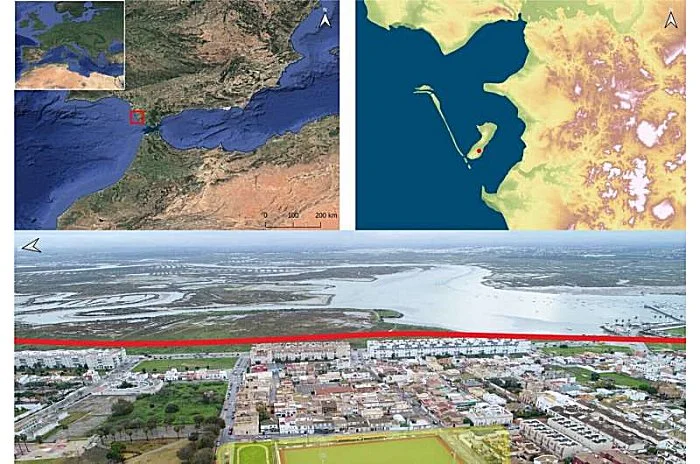
This community lived on the island throughout the entire year, according to a new study from led by Asier García-Escárzaga, researcher at the Institute of Environmental Science and Technology (ICTA-UAB) and the Department of Prehistory of the Universitat Autònoma de Barcelona (UAB).
The study sheds light on various aspects of life for the earliest Neolithic communities in Andalusia. These groups were pioneers, shifting their primary means of survival from hunting and gathering to agriculture and animal husbandry.
However, there were still questions about the patterns of occupation of sites (annual or seasonal) and the exploitation of marine resources after adopting a new economic model.
Therefore, researchers applied oxygen stable isotope analysis to marine shells to address both questions. The shells analyzed were recovered from the sites of Campo de Hockey (San Fernando, Cadiz).
Eduardo Vijande, a scholar from the University of Cadiz, led excavations that resulted in the documentation of 53 graves – 45 single, seven double, and one quadruple.
While most were simple burials with no frills attached, four graves stood out due to their intricate design and grandeur. These graves were constructed using medium to large stones and are believed to be proto-megalithic.
The second Campo de Hockey site, an extension of the first, was meticulously excavated and researched by María Sánchez and Eduardo Vijande in 2018.
Their work led to the discovery of 28 archaeological structures, including 17 hearths, two shell mounds, four graves, and five stone formations. The abundance of hearths, along with fish and mollusk remnants in these waste heaps, strongly indicates that this area was primarily used for preparing and eating seafood.
Analyzing stable oxygen isotopes in marine shells can reveal fascinating data. It’s like a time machine, taking us back to when the mollusks died and were eaten by our prehistoric ancestors.
This analysis can help us understand their eating habits and seasonal patterns, shedding light on how these early populations lived.
The study indicates that the first farmers occupying the island of San Fernando collected shellfish all year round, but more from November to April. The team concluded that these populations occupied the island throughout the year.
According to Eduardo Vijande, researcher at the University of Cadiz and co-author of the study, “the size of the necropolis already led us to believe that it was an annual habitat, but these studies confirm the existence of a permanent settlement 6,200 years ago.”
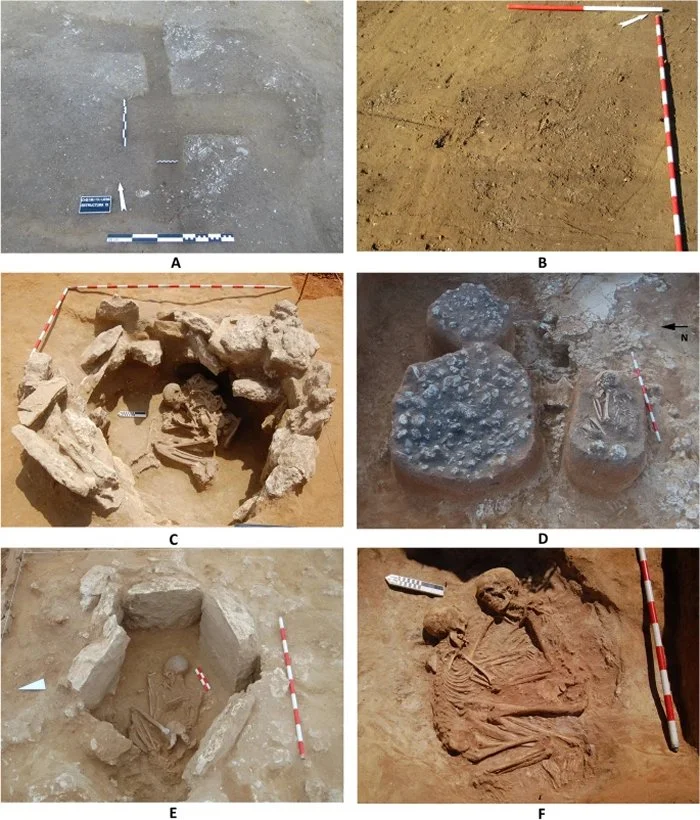
The greatest exploitation of shellfish during the coldest months of the year coincides with the annual period of maximum profitability of this food resource due to the formation of gametes: A seasonal pattern of shellfish consumption based on energetic cost-benefit principles which is similar to that developed by the last hunter-gatherer populations of the Iberian Peninsula.
“That is to say, there is a greater exploitation of these topshells in the winter months, since this is the time when these animals present a greater quantity of meat,” points out Asier García-Escárzaga.
This suggests that, although these new Neolithic groups had changed their economic model, living from agriculture and livestock, in this settlement located in an insular environment, the exploitation of the marine environment continued to be of great importance.
Ancient Archaeology

